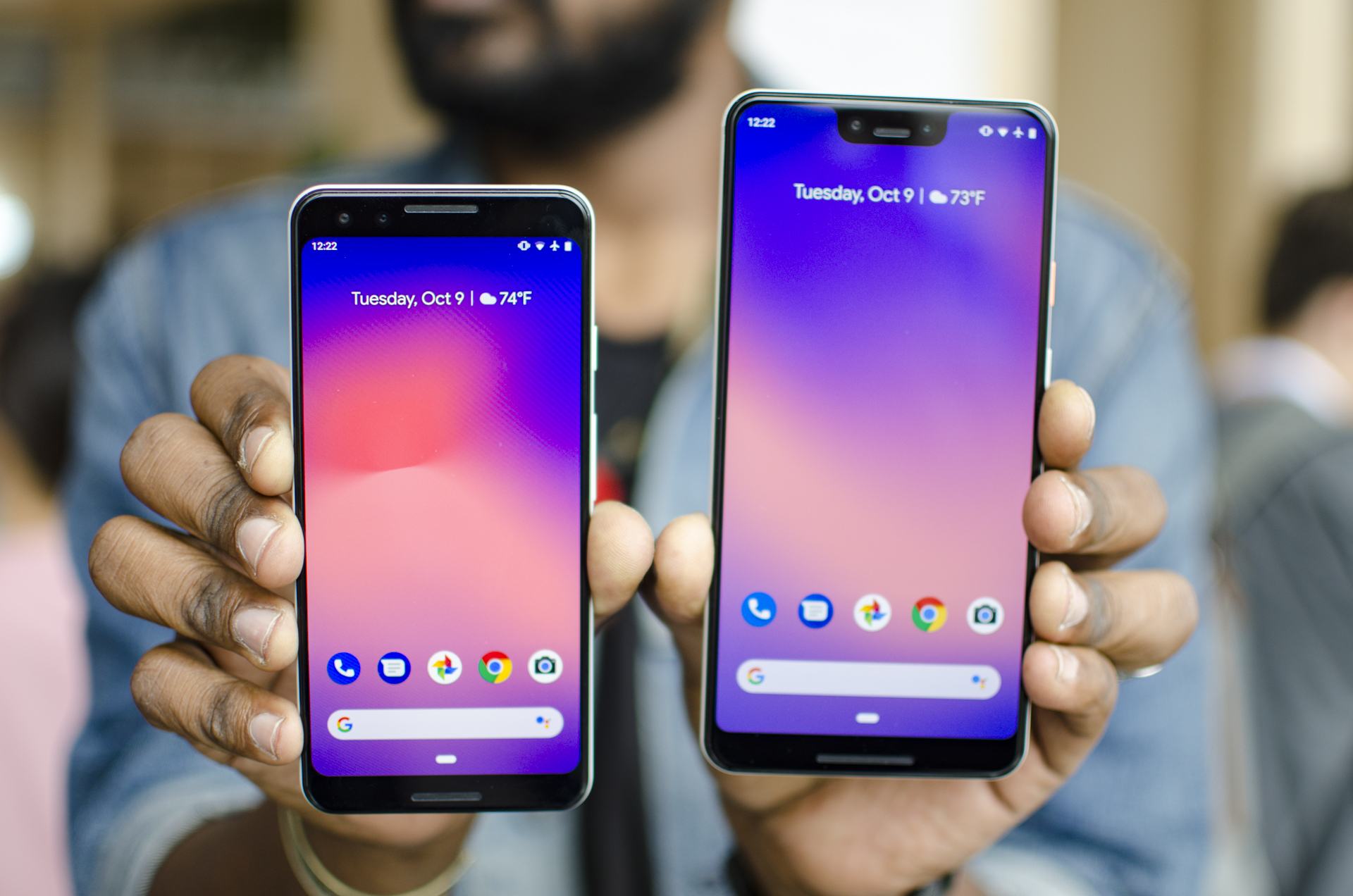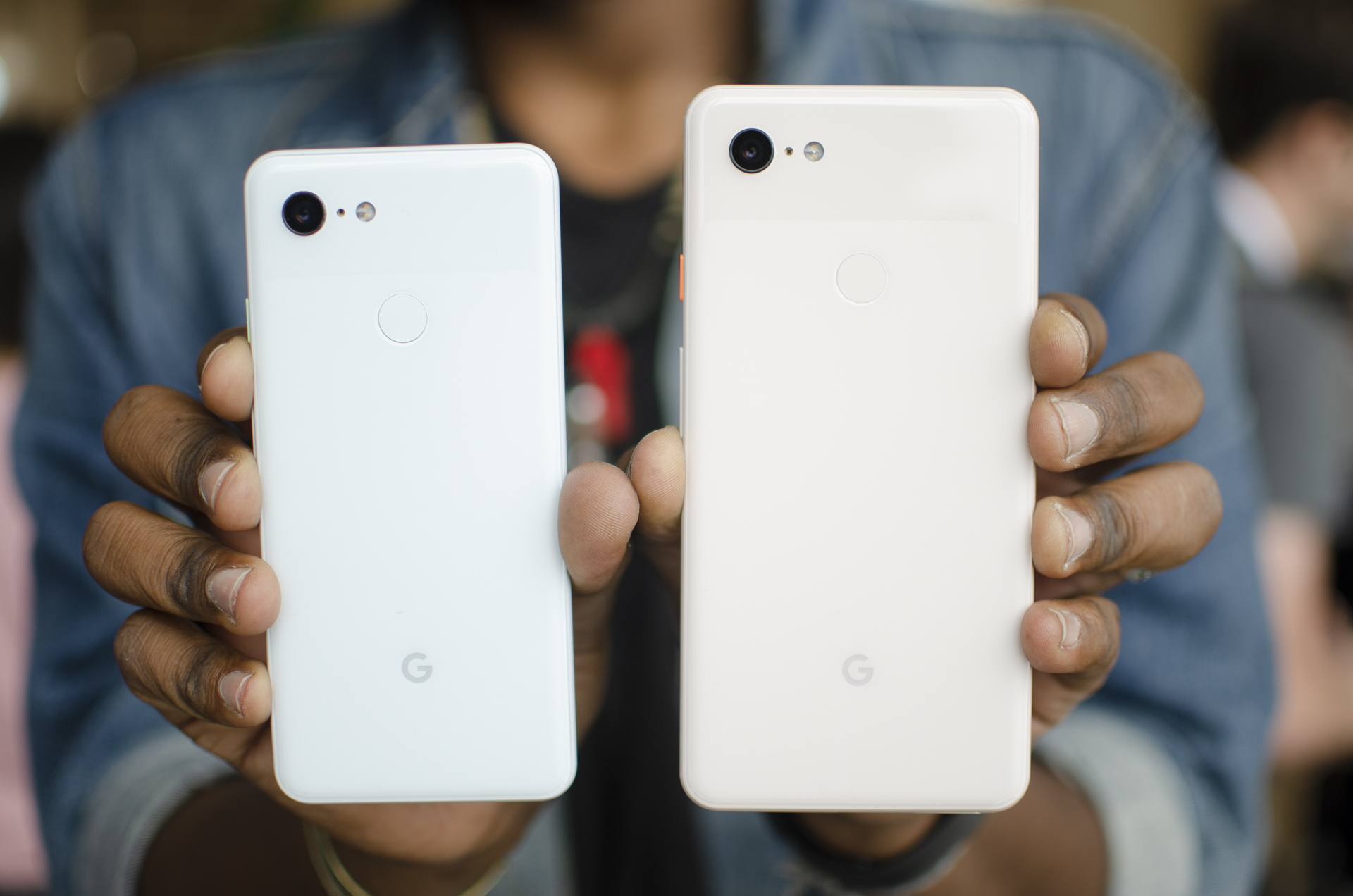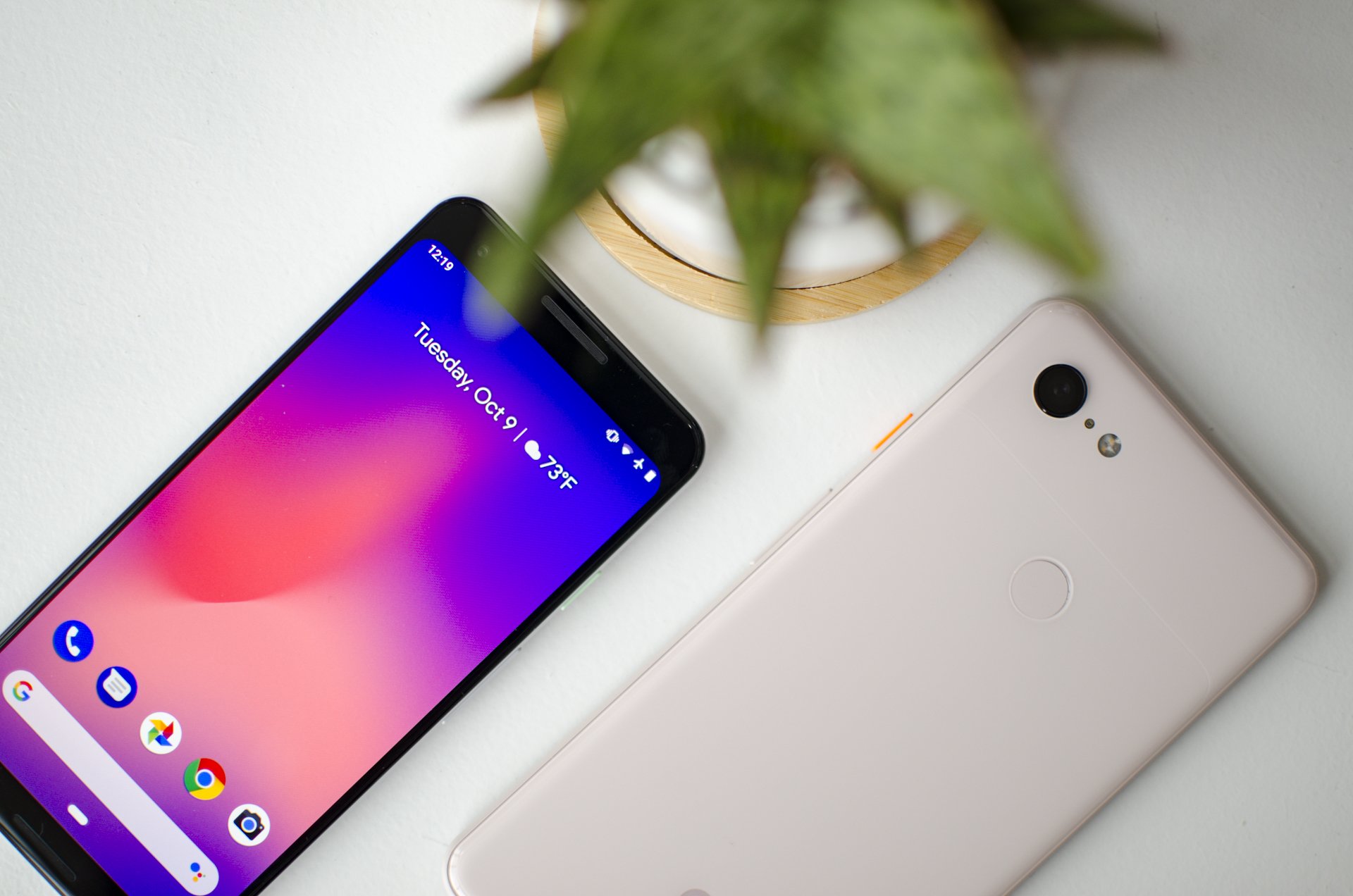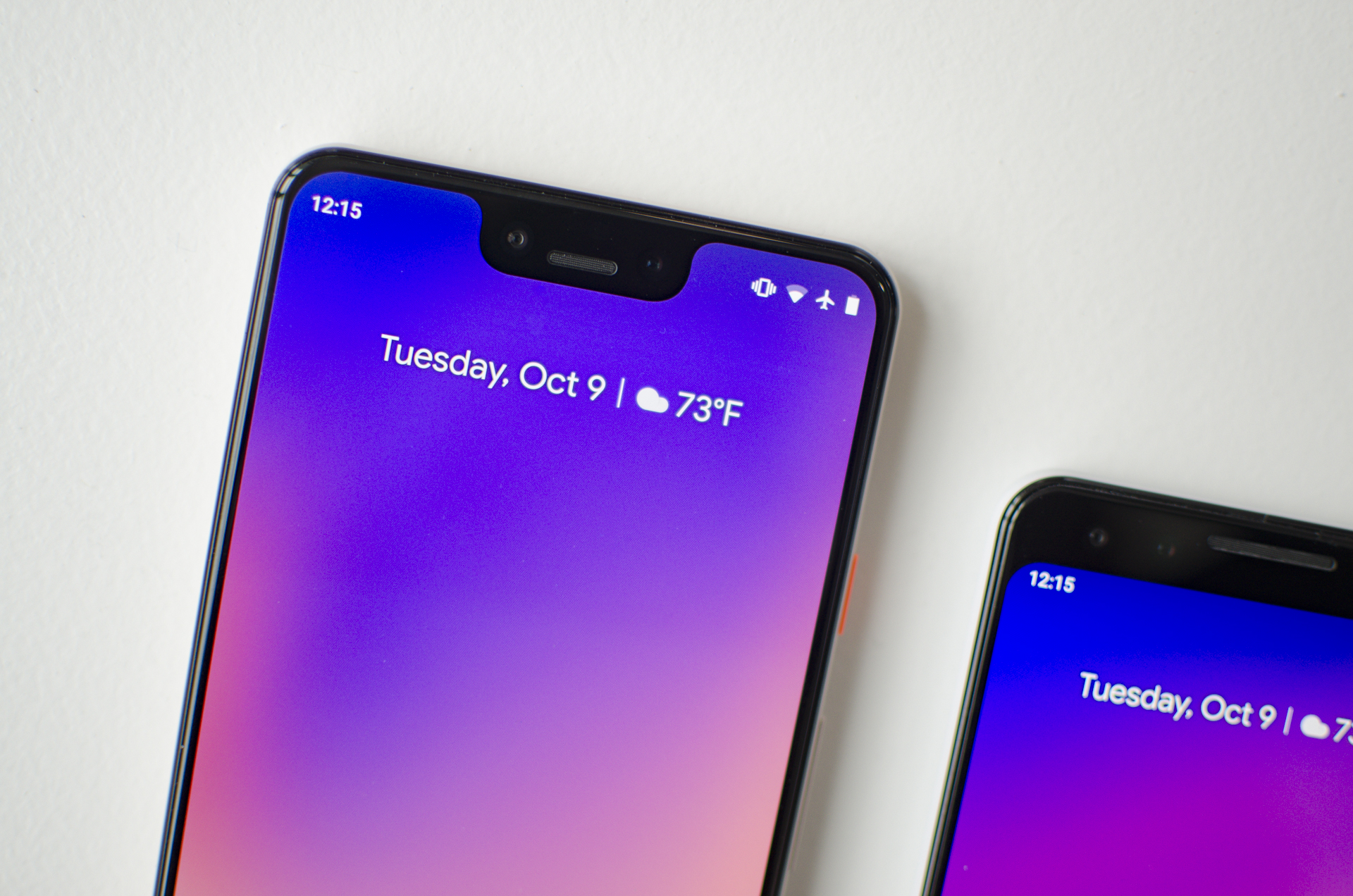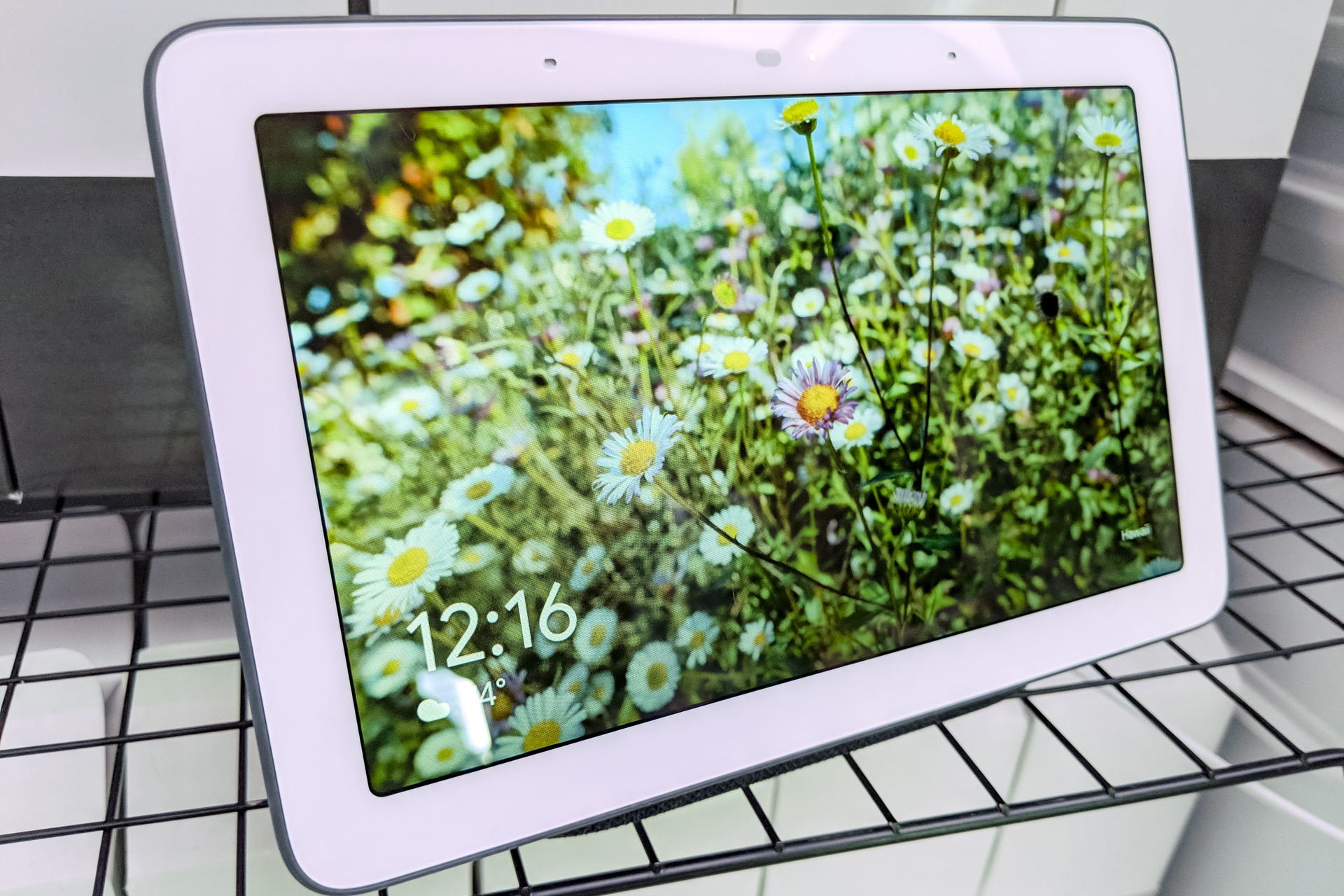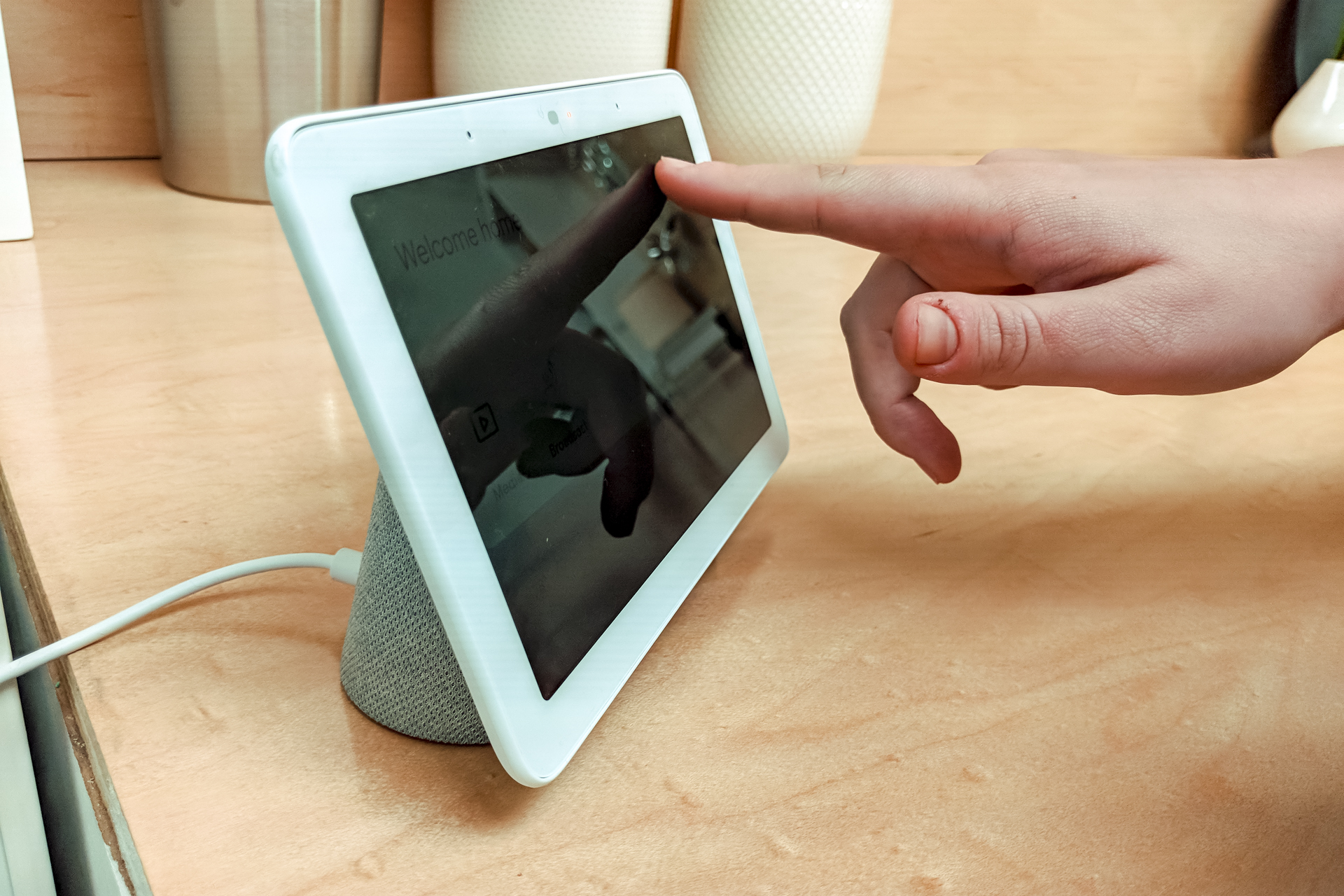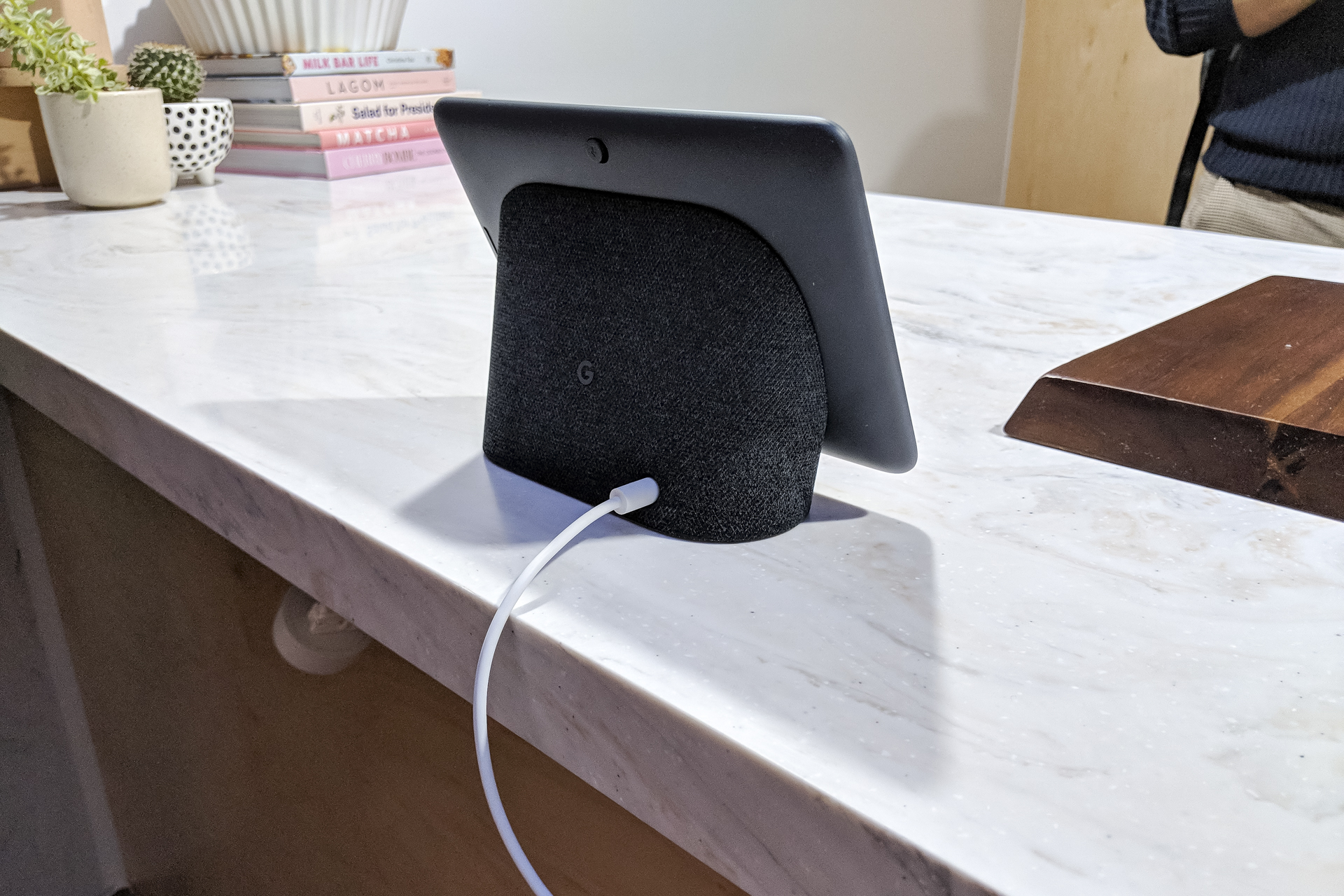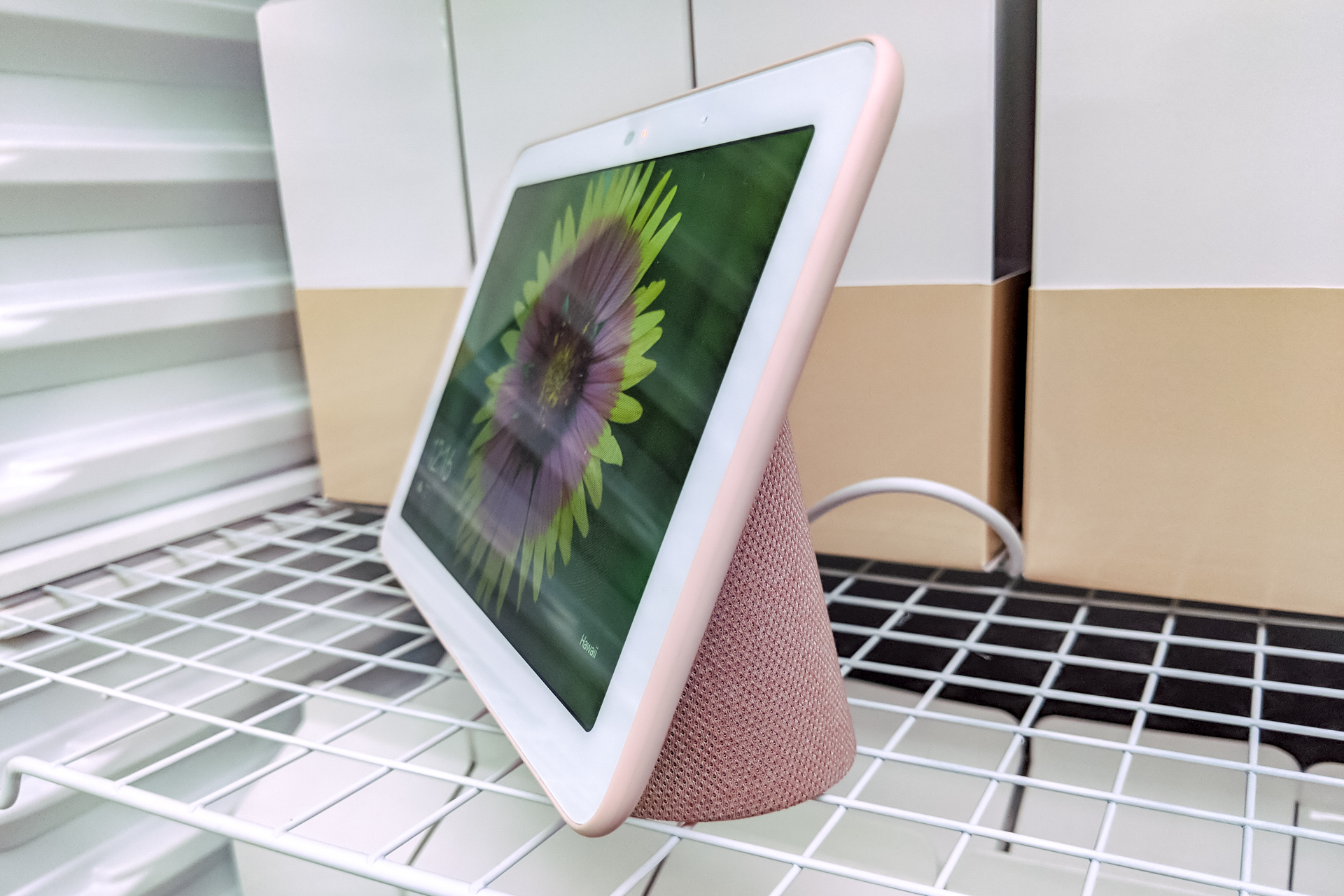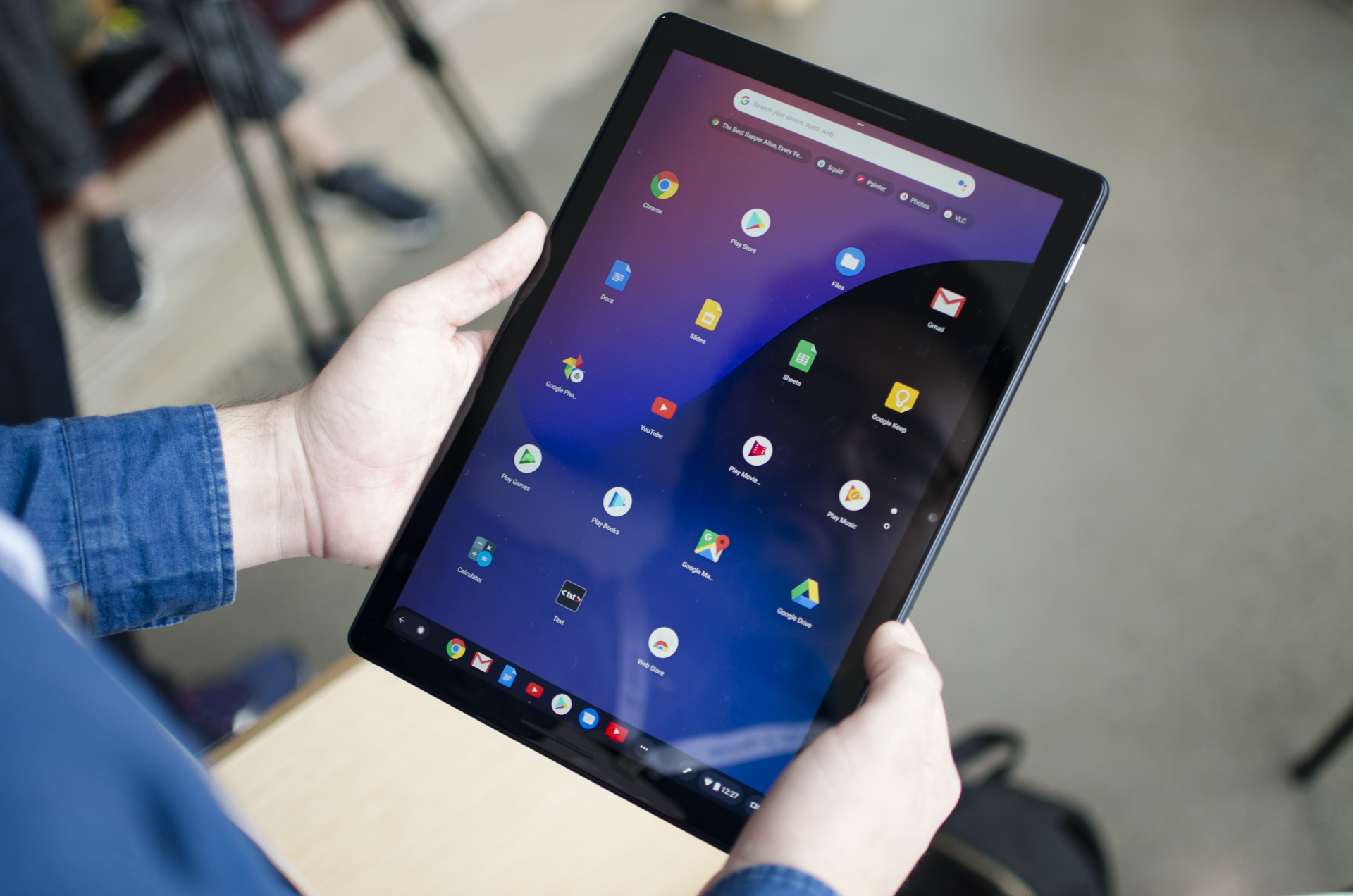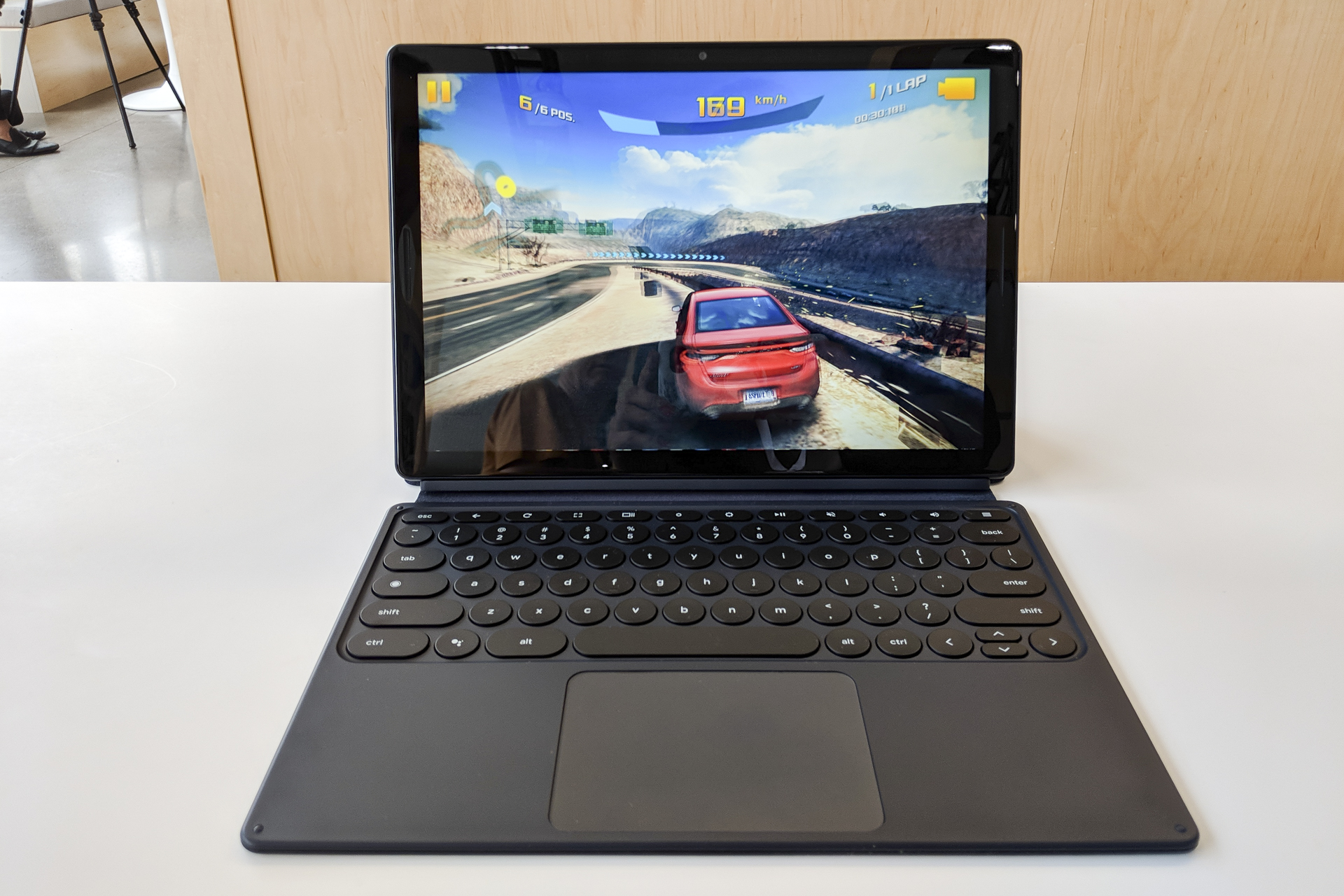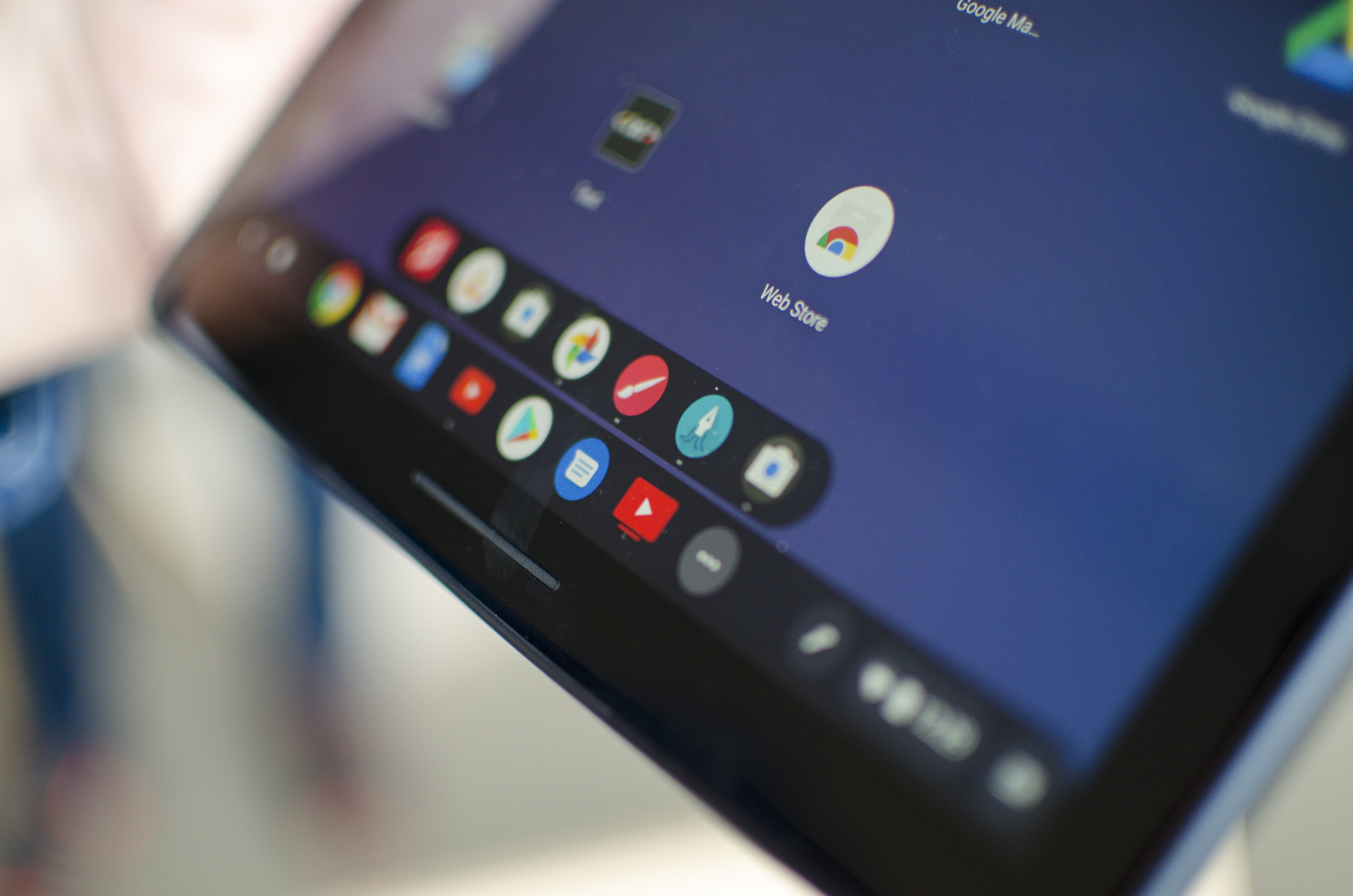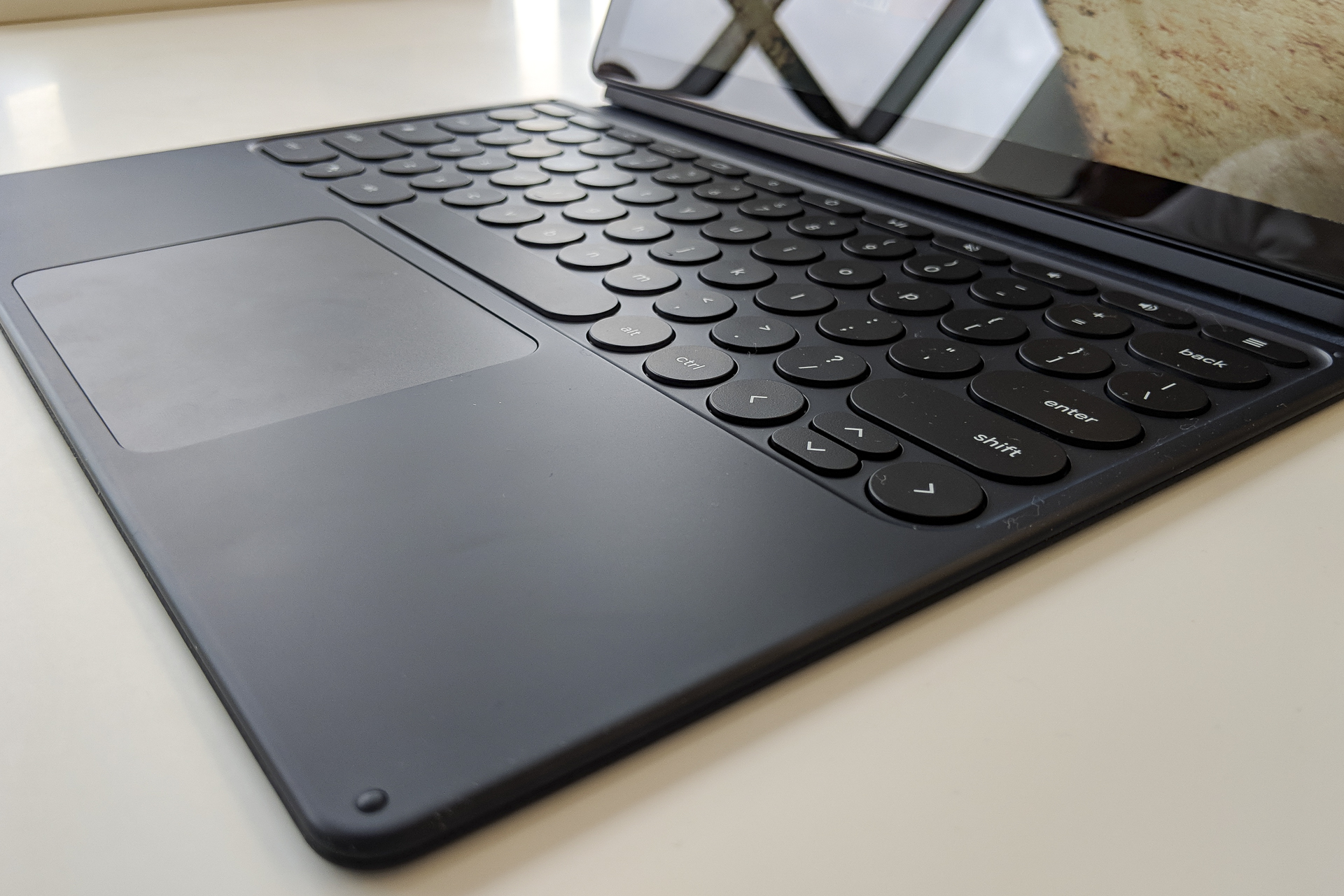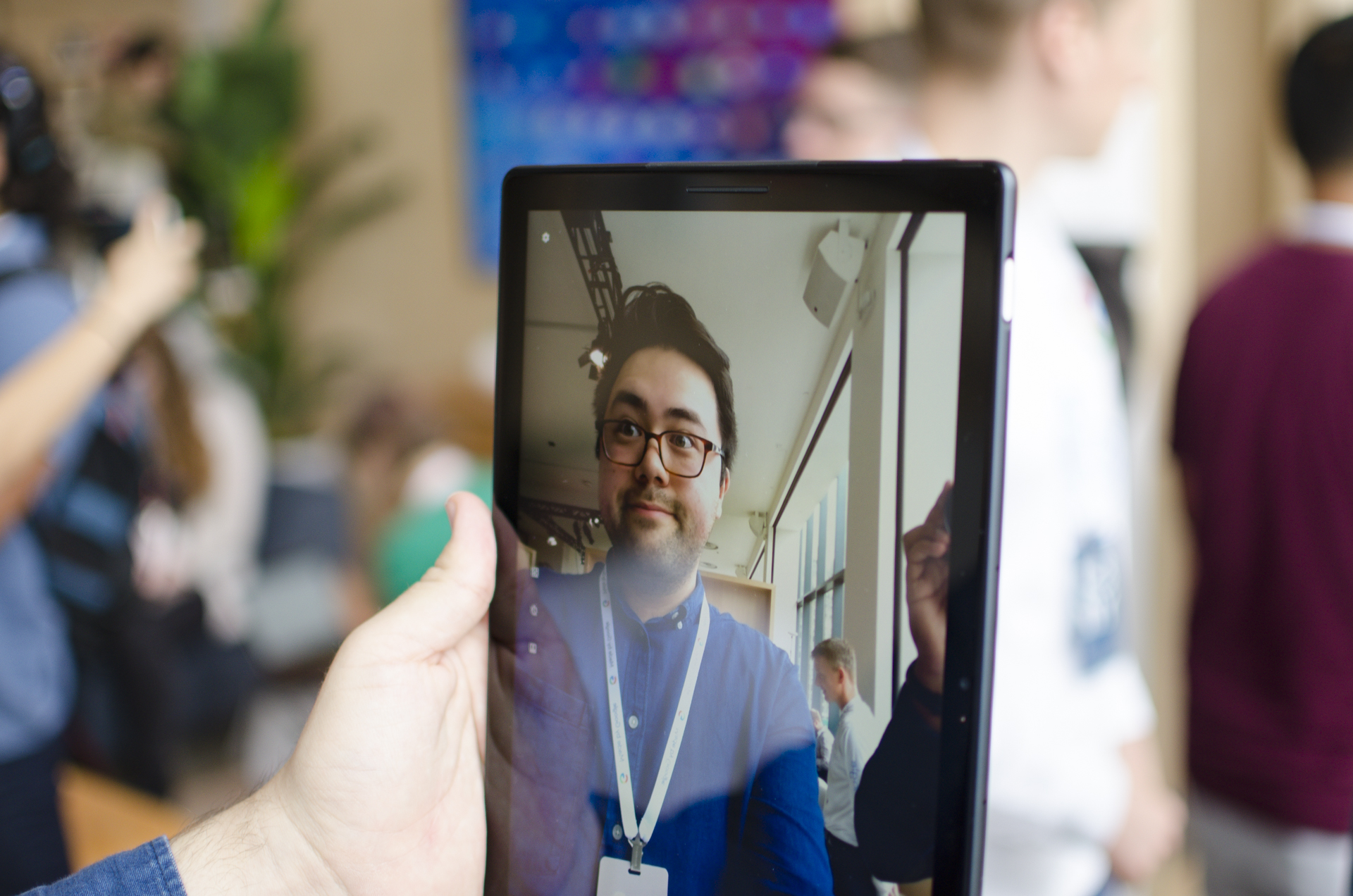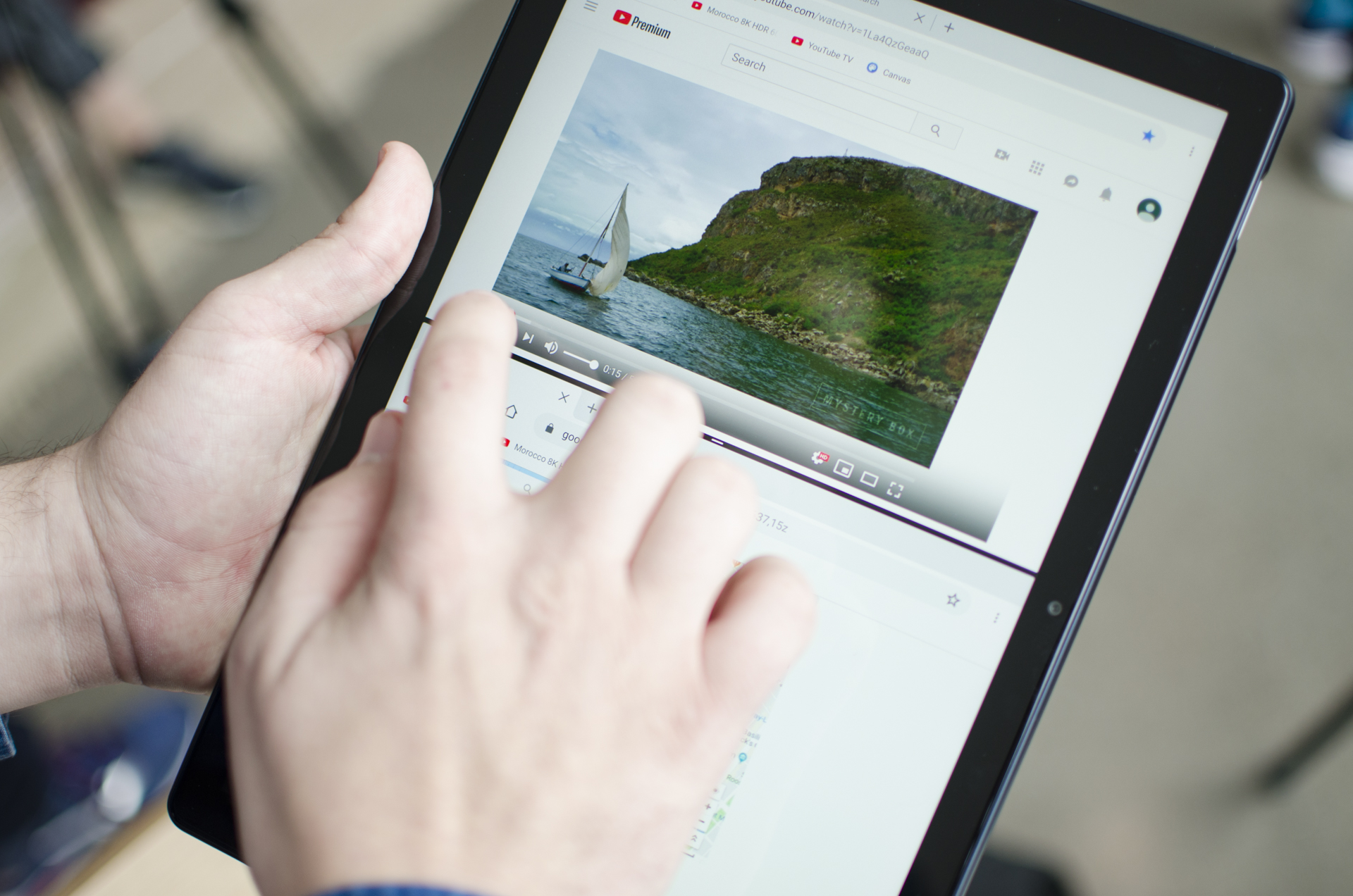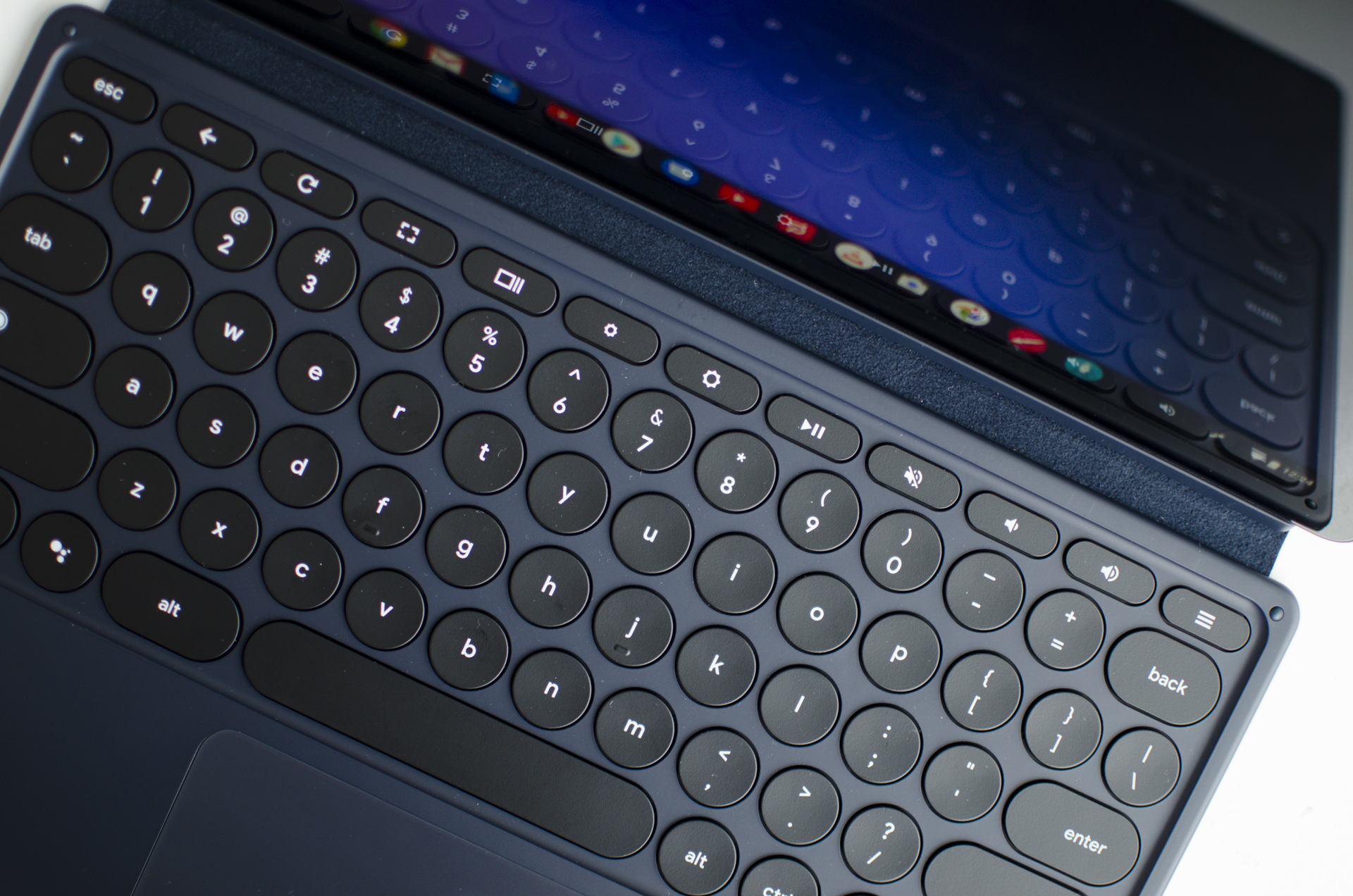
That’s all she wrote, Google’s October 9 event has wrapped. It was short but sweet and Google made sure to tell us exactly what we were going to see right at the start. Unfortunately for fans of suspense, there were no surprises but what we did see was some amazing tech. The two new Pixel 3 models, the Pixel Slate convertible laptop, and the all-encompassing Google Home Hub.
From the Google Pixel 3 range to the Google Home Hub, here’s everything that Google announced at its October 9 event.
Pixel 3 and Pixel 3 XL
Google might have left the newest entry into the Pixel lineup until last, but we simply couldn’t kick this post off with anything other than the Pixel 3 and the Pixel 3 XL.
Unfortunately, there weren’t any surprises to be had here, and both phones’ designs were as the many leaks suggested. Google’s kept its two-tone design on the back of each phone, with a new matte finish that helps to avoid greasy fingerprints — the scourge of modern, all-glass phones. There have been some improvements over the last generation though, with an improved water resistance of IPX8 — which should see the phone able to withstand water immersion for up to an hour.
Flip the phones over and you will find differences. The Pixel 3 has ditched the chunky bezels of its predecessor, and now resembles a smaller version of the Pixel 2 XL, with gentle curves around the 5.5-inch screen’s edges. The Pixel 3 XL has taken an even more modern tack, and introduces a notch that cuts deep into the 6.3-inch screen. Unfortunately, there is a sizeable bottom bezel to go with the notch, and neither device incorporates an edge-to-edge display.
Still, both devices come with an impressive display. Each one is a P-OLED display, which Google is claiming to be the Pixel’s best display yet. We’re certainly hoping Google’s ironed out all the flaws following last year’s issues with the Pixel 2 XL’s P-OLED display. The display is flanked by front-facing stereo speakers, which have been made louder and clearer than ever, thanks to some serious tuning. Pixel 3 owners will be able to take advantage of that boosted sound with a free six-month subscription to YouTube Premium.
Look inside and there are all the flagship specs you want, including the Snapdragon 845, 4GB of RAM, and onboard storage starting at 64GB. Google added another first to the Pixel 3 range, too, as wireless charging is finally available.

The camera has always been the headline feature in the Pixel range, and the phone has been one of the best camera phones around. Google continues to resist the trend for multiple camera lenses on the back of a phone. As such, you will find the same single 12-megapixel lens on the back of the Pixel 3 and Pixel 3 XL. However, Google has seen some sense in extra lenses and added another one to the front, complementing its usual 8-megapixel selfie shooter with another 8-megapixel wide-angle lens.
But it’s Google’s software that often put it ahead of its competitors, and Google was eager to show it off. Google claims its zero-lag HDR technology continues to be generations in front of the competition. That tech returns in the Pixel 3, merging together multiple pictures for a perfectly exposed shot. But there is some new stuff in there, too. The new Top Shot feature takes advantage of those multiple shots by intelligently recognizing when a photo has been ruined by a blink or other obstruction and it scans through the multiple HDR shots to recommend a better version of that picture. A new zoom mode also takes advantage of the zero-lag shutter speed, taking multiple shots to boost the quality of zoomed in shots.
Google’s using machine learning to boost other aspects of your photography, too. Rather than relying on pure hardware or a flash to take great night photos, the Pixel 3 comes with Night Shot, which uses machine learning to automatically improve photography in low-light areas. This feature won’t just be coming to the Pixel 3 as older Pixel models will also get this feature. Other features include Photobooth Mode, which uses A.I. to trigger the shutter when it sees a smile, a focus lock on a moving target, and the ability to change the amount of background “bokeh” blur. Google is so proud of the Pixel 3’s camera that the phone is being used in multiple photo shoots for prominent magazines, and will even be used by Annie Leibovitz for a photography project.

AR stickers are being renamed Playground, and you will soon be able to insert Marvel’s Avengers and Childish Gambino into your snaps as part of a partnership — and inserted characters will even react to your facial expressions and gestures, making your AR snaps even more realistic.
There were updates on some features we have been eagerly awaiting since Google I/O earlier this year. Duplex, the feature that allows Google Assistant to make calls and appointments on your behalf, will start rolling out next month on Pixel phones first. Call-haters got even more toys with the Pixel 3’s Call Screen feature that will answer and transcribe calls for you. If it’s a telemarketer, you can mark the call as spam, and if it’s something important, you can take over at any time. Finally, Flip to Shush allows you to mute all notifications by simply lying your Pixel 3 on its front.
The Pixel 3 and Pixel 3 XL are available for pre-order and will be shipped in the U.S. on October 18. The Pixel 3 will start at $799, while the Pixel 3 XL will start at $899. Both models will come in “just black,” “clearly white,” and “not pink.”
Read more: Pixel 3 and Pixel 3 XL hands-on reviews
Pixel Stand
But that’s not all — Google also announced the Pixel Stand, an all-new wireless charger for the Pixel 3 and Pixel 3 XL.

The Pixel Stand works as a Qi wireless charger for any Qi-enabled wireless charging device, but pop a Pixel 3 on there and it becomes much more. When nestled into the Pixel Stand, your Pixel 3 becomes a tiny smart display, complete with advanced Google Assistant commands, control over your smart home, and speaker functionality thanks to the stereo front-facing speakers. When not in use as a smart speaker, your Pixel 3 will become a smart photo frame attached to your Google Photos account.
The Pixel Stand will cost $79 when it releases.
Read more: Pixel Stand news
Google Home Hub
“Help” was the central theme of Google’s conference, and that drive to help was felt in Google’s smart home and A.I. assistance. According to Google, its translation software is now used 143 billion times a day, while Google Home owners have increased five times in the past year, while Google claims that Google Home itself is consistently ranked as the best voice assistant there is.
But it’s not stopping there. Google is looking to expand into an area it hasn’t gone into before, with the reveal of the Google Home Hub — a smart display that seeks to unite all of your disparate smart home devices under a single, Google-branded umbrella.
It’s been designed to match the rest of the Google Home range, and soft corners and Google’s signature fabric adorns the device — but it’s the 7-inch screen on the front that really catches the eye. Google claims it’s big enough to be seen from a distance, but small enough to fit almost anywhere. It comes with adaptive brightness, so it will change to match your surroundings, and it even turns off completely at night, so there are no blinding screens in the darkness.
There is no camera on the Hub, which Google says is better for privacy but it means there will be no video calling on this device, unlike the Amazon Echo Show. However, it will show you information to match your queries and commands, and the well-known “good morning” command showed cards for the weather, an update on traffic for the commute, and the schedule for the day ahead. That personalization is thanks to Google’s voice-match technology, and the Home Hub will recognize every member of your family and give information tailored for each. There are even built-in parental controls and a downtime mode, so you can let it sleep when it’s not needed.

Google was keen to push the device as being perfect for the amateur cook and baker, showing recipes and YouTube video tutorials, and voice commands avoiding floury fingers on the screen but the headline feature is its Hub Home View. This dashboard gives access to your entire smart home at a glance and allows you to toggle your smart devices on and off as you like. Google has secured access to a huge variety of smart devices from more than 100 brands.
When not in use, the Home Hub will default to being a photo frame, and you can specify the pictures you want to see with the Live Albums feature. Simply tell Google if you want to see a specific person in your Live Albums, and the Home hub will serve you a continuous and constantly updating stream of that person. Machine learning will automatically pick the best possible pictures, so you won’t end up with any blurred or overexposed shots — or random pictures of receipts.
The Google Home Hub is available for pre-order from the Google Store and it will launch in retail locations on October 22. It will cost $149 and will come with six months of YouTube Premium access.
Read more: Google Home Hub hands-on review
Pixel Slate
There was no sign of a second-generation Pixelbook 2, but there was a new tablet in town: the Pixel Slate. It’s Google’s first Chrome OS tablet and it runs the same version of Chrome OS that you will find on any of Google’s Chromebooks, complete a full desktop experience, and access to Android apps.
The Pixel Slate is fairly slick to look at, with slim bezels that still offer enough to grip during use. Google claims it has a specially engineered center of gravity that makes it more comfortable to hold. You will find dual front-facing speakers here, which Google says will offer great sound. The display offers a pixels-per-inch measurement of 293, making it one of the sharpest its particular niche and it outputs a 3,000 x 2,000 resolution on its 12.3-inch display. The power button also doubles as a fingerprint sensor.
The Pixel Slate comes in four different models, with options varying from the Intel Celeron processor and 4GB of RAM, all the way up to an eighth-generation Intel i7 processor with 16GB of RAM.
You will find an 8-megapixel camera on both the front and the back of the tablet, and these both use the same tech as the Pixel phones to provide excellent picture quality. Google’s avoided a common pitfall, too, and worked hard to ensure the front-facing camera offers excellent video-call capabilities, as well as a wide-angle lens. Weirdly, it also sports a Portrait Mode feature with a blurred background.
As you might expect, the user interface has been optimized for touchscreen input but Google claims it will also work well as a desktop machine. Machine learning also plays a part and the launcher will attempt to offer you apps it thinks might be useful to you at any one time. Updates are automatic and it comes with its own anti-virus and security, making this an excellent device for anyone who doesn’t have the time to deal with those areas. Night Mode is built-in, as are parental controls.

The Pixel Slate can be used a tablet, but pair it with the keyboard folio case and it becomes a formidable 2-in-1. The folio cover folds into various different positions, giving you the perfect angle every time, and can be flipped back over the tablet to protect it while moving. The keyboard requires no charging and comes with backlit keys. The Pixelbook Pen is also supported and you can use this stylus to sign documents with all new Adobe Acrobat support.
The Pixel Slate is available for pre-order and will be available later this year in the U.S., Canada, and the U.K., and will start from $599. The keyboard will cost $199, while the pen will set you back $99. Three months of YouTube TV is included for free with your purchase.
Read more: Google Pixel Slate hands-on review
Updated October 9, 2018: Added everything Google announced at its October 9 event.
